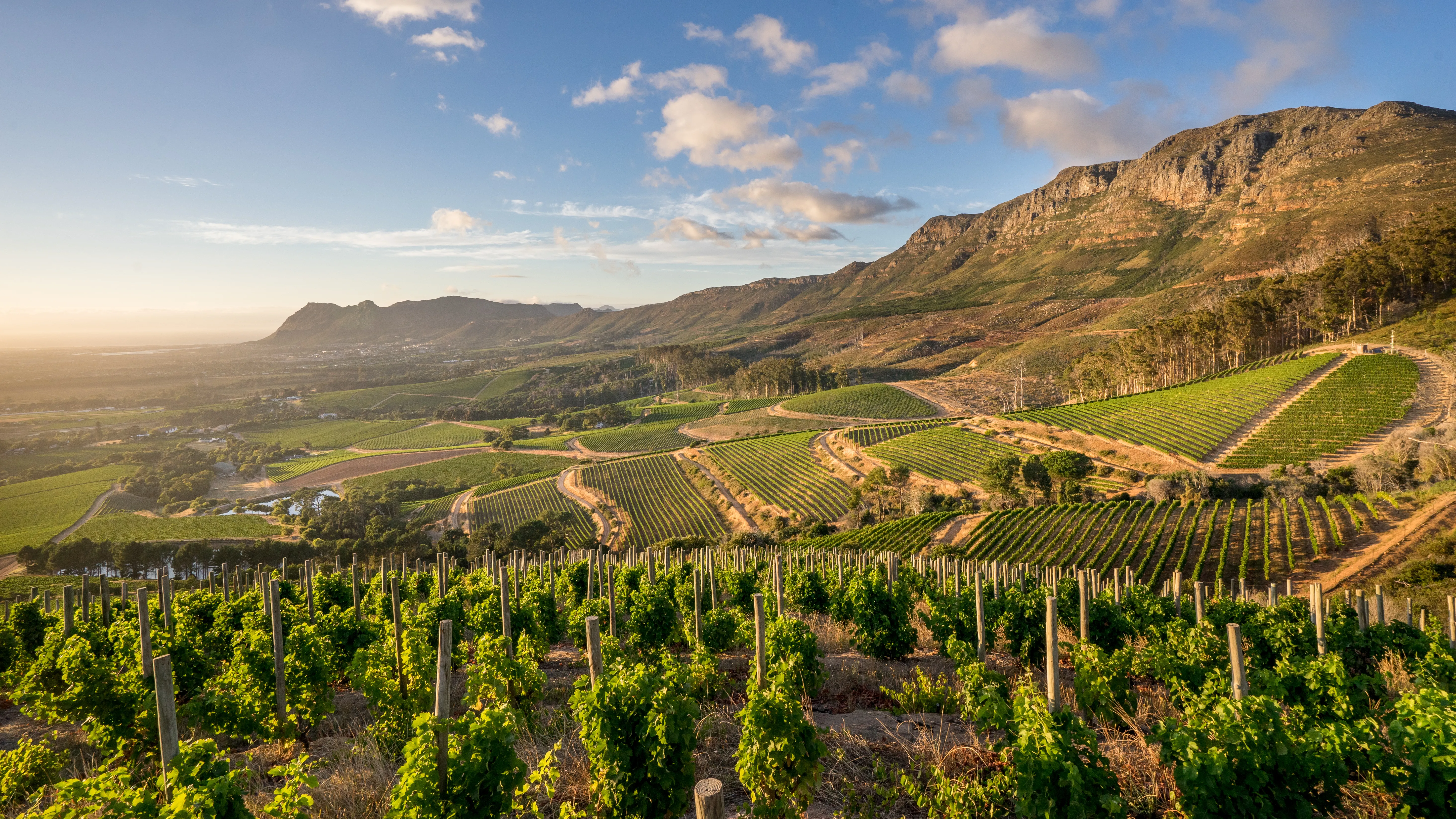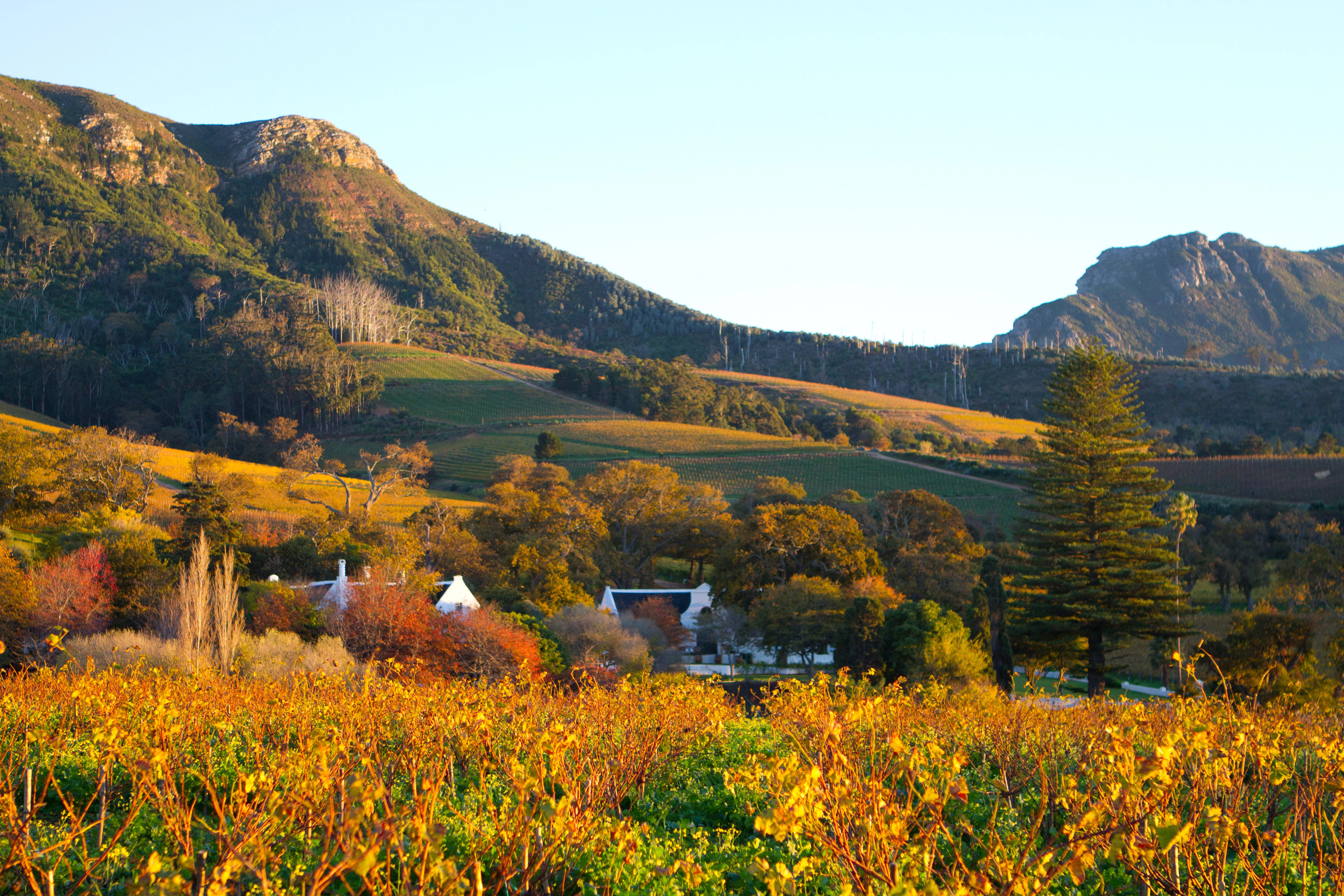Klein Constantia
Klein Constantia Chardonnay 2022
- Klein Constantia Chardonnay 2024
- Klein Constantia Chardonnay 2023
- Klein Constantia Chardonnay 2017
- Klein Constantia Clara Sauvignon Blanc 2023
- Klein Constantia Clara Sauvignon Blanc 2022
- Klein Constantia Clara Sauvignon Blanc 2021
- Klein Constantia Clara Sauvignon Blanc 2020
- Klein Constantia Estate Red 2022
- Klein Constantia Estate Red 2021
- Klein Constantia Estate Red 2018
- Klein Constantia Methode Cap Classique Brut 2020
- Klein Constantia Methode Cap Classique Brut 2019
- Klein Constantia Methode Cap Classique Brut 2018
- Klein Constantia Muscat Vin de Constance 2018
- Klein Constantia Muscat Vin de Constance 2017
- Klein Constantia Muscat Vin de Constance 2016
- Klein Constantia Muscat Vin de Constance 2015
- Klein Constantia Muscat Vin de Constance 2014
- Klein Constantia Muscat Vin de Constance 2013
- Klein Constantia Muscat Vin de Constance 2011
- Klein Constantia Muscat Vin de Constance 2018
- Klein Constantia Muscat Vin de Constance 2017
- Klein Constantia Muscat Vin de Constance 2016
- Klein Constantia Muscat Vin de Constance 2015
- Klein Constantia Muscat Vin de Constance 2014
- Klein Constantia Muscat Vin de Constance 2013
- Klein Constantia Muscat Vin de Constance 2011



About
The perfect location for cool climate wines, Klein Constantia produces some of South Africa’s top wines. The vineyard is also known to be one of the world’s 50 most beautiful vineyards year-over-year.

Terroir
Facing mostly south to east, and reaching up from 70 to 343 metres above sea level, our higher slopes are some of the coldest in the Cape, thanks to fewer sunlight hours and a constant breeze off the ocean, just 10 kilometres away.Our soils originate from granite formed up to 600 million years ago and can be divided mainly between deep fertile Oakleaf on the lower slopes and drier Glenrosa with a saprolite subsoil higher up. This well-drained, fertile, decomposed granite with high clay content ensures good water retention during the long, dry summers of the Cape, when enough water slowly drains back into the vineyards to ensure an effective leaf canopy and proper ripening of the fruit.
Vinification
Made from a single vineyard on the lower slopes of Klein Constantia. The grapes were whole bunch pressed with the must left on the grape lees at 6C for a period of 1
week before racking off for fermentation. 30% of the juice was fermented in new 500L barrels and the remainder in stainless steel tanks, it was then transferred to neutral 500L barrels. Malolactic fermentation was avoided in order to maintain the freshness of the wine. The wine was aged for 9 months before blending and bottling.
